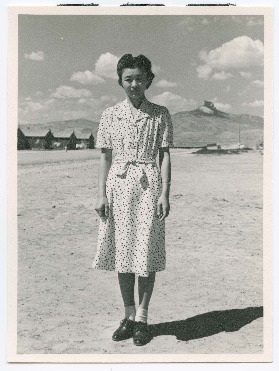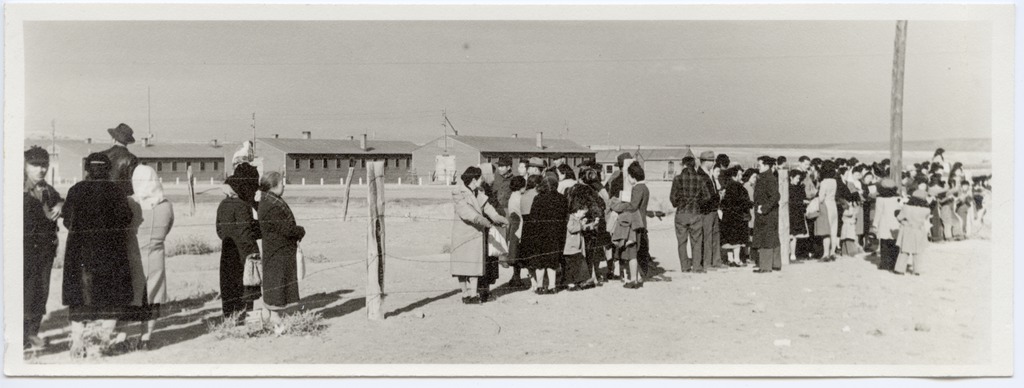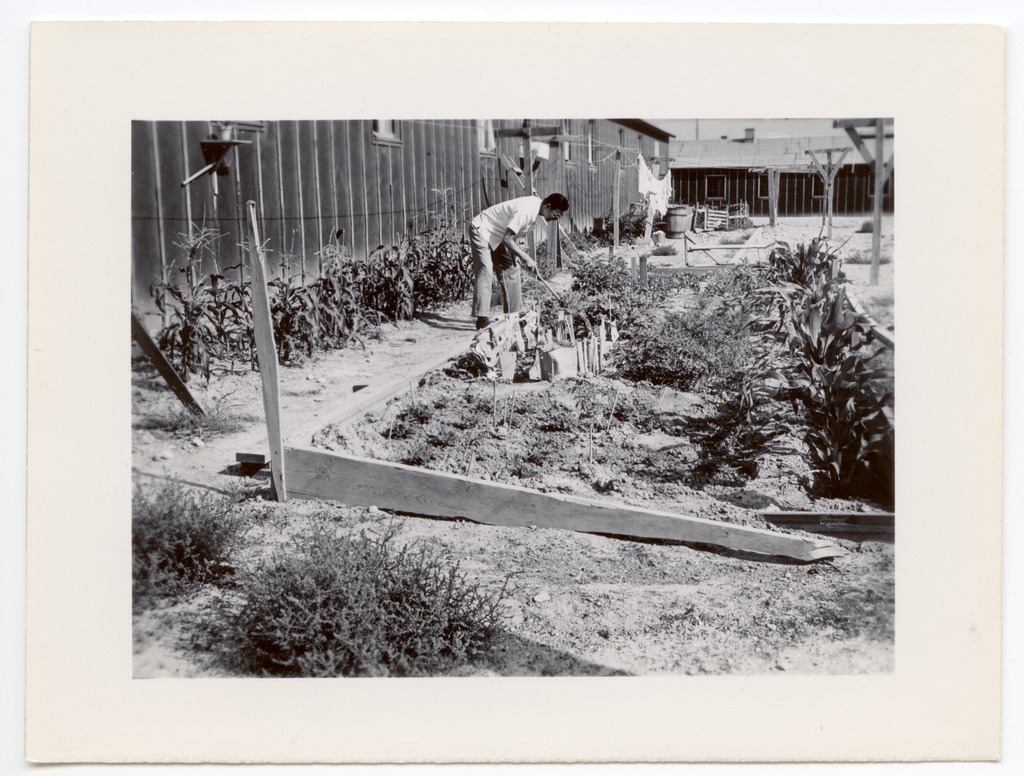August 19, 2015
 Located roughly eight miles away from its namesake, the Heart Mountain concentration camp was described as “barren” and “pretty spooky” by inmates. With temperatures dropping as low as thirty degrees below zero during the winter, the location for Heart Mountain concentration camp was chosen not for its beauty or climate, but for its relative isolation from other Wyoming settlements and proximity to fresh water and cheap transportation network.
Located roughly eight miles away from its namesake, the Heart Mountain concentration camp was described as “barren” and “pretty spooky” by inmates. With temperatures dropping as low as thirty degrees below zero during the winter, the location for Heart Mountain concentration camp was chosen not for its beauty or climate, but for its relative isolation from other Wyoming settlements and proximity to fresh water and cheap transportation network.
Acts of resistance, large and small, were ubiquitous at the Heart Mountain concentration camp. Though perhaps best known for the Heart Mountain Fair Play Committee and draft resistance beginning in 1944, a longer standing tradition of protest, both violent and non-violent, developed within the camp.
Although the camp closed nearly 70 years ago, the Heart Mountain Wyoming Foundation (HMWF) keeps the memory alive through an interpretive center, the annual pilgrimage, and engaging in a variety of other efforts to preserve the history of the site. One ongoing endeavor involves the restoration of an original camp barrack. After learning that the barrack was set to be demolished last year, the HMWF set about to raise funds to transport it from Shell, Wyoming and then to restore in order to give visitors a better sense of life in the camp.
HMWF Executive Director Brian Liesinger noted in the organization’s most recent newsletter:
While individuals and organizations are working directly to preserve the camp’s physical site, Densho is proud to have recorded oral histories with survivors from the camp, as well as to house an extensive digital archive of related materials. The oral histories featured here help bring the Heart Mountain incarceration experience to life:
Kara Kondo: The Day of Mass Removal
“We went, traveled through the night with the shades drawn and got to Portland livestock center, our evacuation center about, really about dawn. And I stayed until the last person got in the, into the compound and heard the gate clang behind me. And I think—when people ask what my memory was about evacuation—I think I’ll always remember the sound of the gate clanging behind you and knowing that you were finally under, you had barbed wires around you, and you were really being interned.”
Frank Emi: The Loyalty Questionnaire and Draft Resistance
“Well, when the registration was first introduced into Heart Mountain, actually, after I read the thing, I really couldn’t believe that they were asking—like question 27 and 28. It was up to that point I didn’t really see any problem with it. . . .So it really made me very angry just reading that thing, and that’s when I got sort of involved into it.”
Bill Hosokawa: Being Fenced In
“The fence was a very big issue. One of the main causes of resentment in the assembly centers was that they were all fenced in. And when they, these people first came to Heart Mountain, there was no fence surrounding the camp site. There was really no need for a fence. You could walk 20 miles through the sagebrush and not run into anything. And after the camp was pretty well settled, the army decided to put up a barbwire fence around the camp and put up watchtowers. Until then it was open. You could walk anywhere you wanted to. If you wanted to walk 20 miles through the sagebrush, you could get to town. But when the decision came to build the fence, there was a great deal of resentment in the camp. And I think the resentment was unanimous. And the camp administrators were very much aware of the feeling of the people in the camp. But this was a military order, and there was nothing much they could do about it.”
Shig Yabu: Adopting a Pet Bird in Camp
“And the irony of this bird was it was like any other internee. We were forced into camp behind barbed wires, that magpie bird went between the barbed wire, went in just like an internee. And as it went in, each of us held the barbed wire apart so we wouldn’t get hurt.”
Heart Mountain in Images
The photograph collection of Yoshio Okumoto—published to the Densho Digital Repository in partnership with the Heart Mountain Wyoming Foundation—documented every day life at the Heart Mountain concentration camp in rich detail. Browse the collection.
—
Learn more about the Heart Mountain concentration camp in the Densho Encyclopedia and visit the Heart Mountain website for a virtual tour of the site, educational resources, and more.


